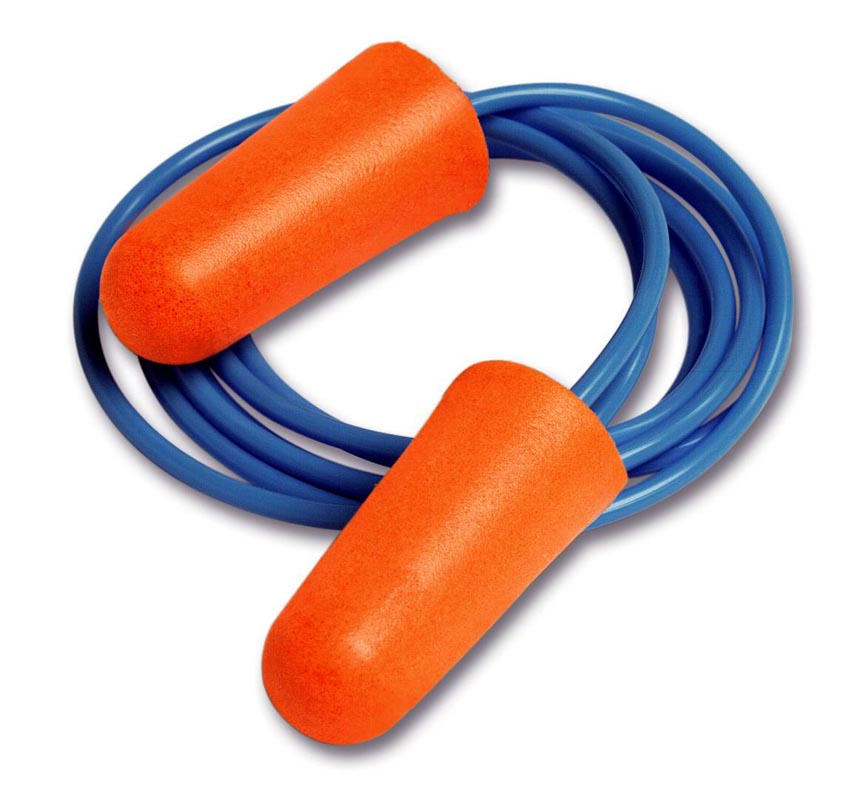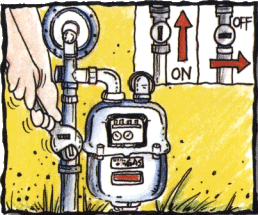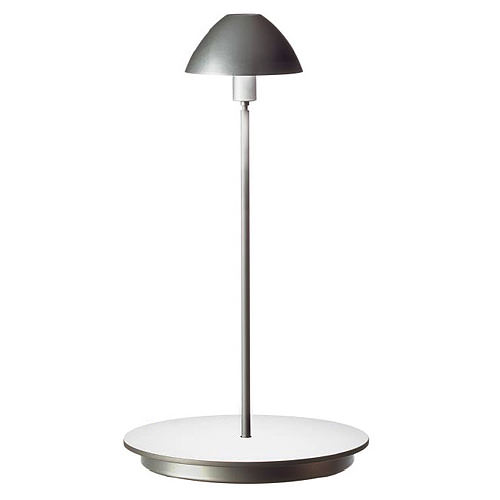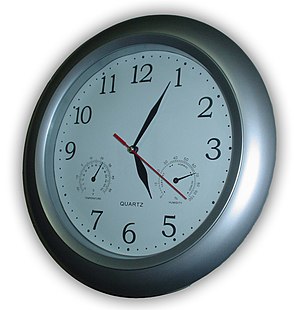Noise Pollution Report
By: Blaise Sevier
What is noise pollution?
The sound of a jackhammer or the honk of a car is not like Beethoven’s 5th symphony, it is more like an annoying noise that continuously pesters your brain. Noise pollution is a displeasing and or disruptive sound that can come from machinery and humans. Music is different from noise because it is a set of tones that are combined in exotic ways that are very enjoyable to listen to. Noise is just the opposite, it is a set of sounds that don’t fit together that usually sound very bothersome.

When I lived in Colorado I lived out in the country, out there we didn’t have to worry about noise pollution. We had to worry about the mountain lions that came out at sunset. However, when we lived in Egypt, noise was everywhere! Egyptians are very fond of honking, when a driver is annoyed they honk, when a driver is happy they honk. In Cairo, there are about twenty million people that live in the city. There are about 10 million cars in the city alone, imagine how much noise is made when the drivers honk!
Who does it affect, and what is the problem or issue with noise pollution?
Did you know that even one honk from a passing automobile can be just enough to raise your blood pressure? I wonder how much your blood pressure will rise when you hear something louder than that. Studies show that noise pollution negatively affects humans and animals. Besides how annoying noise is, studies show that a constant disruptive noise can boost your blood pressure and make you less concentrated.
It can also lead to other serious problems like becoming partly deaf. Not only does noise have an effect on humans it also has an effect on our environment- not that it’s already going through enough. Researchers say that noise pollution has had an effect on some of the growth of plants, reproduction of animals, and disturbances of the feeding and breeding process of nature. Some tests show that when an animal is influenced with high percentage of decibels the amount of milk they produce is significantly lower. When using sonar underwater the high sound frequencies that it gives out discomforts marine life. These are just examples of what noise pollution can do to animals. In our environment noise causes a variety of hazards, some of which many of us are not aware of. To protect you from noise pollution, use ear plugs when around noisy places such as a construction site or train stations.

Noise pollution is an issue in our world because in populated cities like Hong Kong and Mumbai the amount of people who have been effect by noise pollution has sky rocketed. Mumbai is not as developed as maybe New York or Hong Kong, but that doesn’t mean that the noise pollution isn’t as bad. In Mumbai there are about 13 million people living in the city, this is the second most populated city in the world. When a city is that populated the city’s noise can get very loud, which means many people are at risk of becoming partially deaf because of the loud noise. It could also be damaged because of the high about of pollution in the air. This includes car exhaust pollution, noise pollution and light pollution. Many people, who live in Mumbai, are not aware of the long term effects from noise pollution. It is our job to educate them. We all have to educate each other in order to live in a safe environment.
How is science/technology involved in solving these problems?
To prevent noise pollution governments around the globe have put up campaigns trying to stop noise pollution. They have put up signs about noise pollution around the cities, trying to get people to notice what the benefits are when not having noise pollution. Laws have also been made to help stop noise pollution because of the effect on animals. In Times Square, New York there is now a honk free zone. This has helped lessen the sound coming from the New York Streets and circulating into Central Park, where all the plant and animal life are settled.

Another way to prevent the noise from traveling to your neighbor’s front door is to sound proof walls and ceilings. This has been invented to help keep the noise down in your house. Forty-nine years ago a man named Ray Benner invented the silicone ear plug. This is a technology that has improved the lives of many people, the ear plug has prevented hearing loss by drowning out all the excessive and unwanted noise. In the 1970s, life was full of rock and roll, no one really paid attention to long term effects of hearing loss. Now thousands of people worldwide are having problems interpreting speech and sounds. To solve this problem, scientists have created the hearing aid. This helps people who can hear minimally.
What limitations or benefits to this solution.
If you want your neighbors to be happy, you would turn down your boom box, or put head phones on. This is one problem that we have not found a solution for, if you keep your boom box on it will contribute to the noise pollution (and annoy your neighbors), but if you put the head phones on, you might be damaging your ears. What to do? Do you lower your boom box volume? This is one of the problems and or limitations that we have in this world. What is worse? Contributing to sound pollution or damaging your ears? These are all the questions we have to ask ourselves before we turn down that boom box or listen to music with our head phones on.
Vrooooom, Vrooooom! In the city when I listen to the sounds all around me, I notice the sound of motorcycles the most. My dad used to own a motorcycle, but he always put on the muffler, he never liked the sound of what the motorcycle made. Motorcycles around the city are a big cause to noise pollution. When they don’t have a muffler attached to the bike, a loud high sound is produced. Because the motorcycles are so loud, laws were made preventing the natural sound of the bike. This is one of the benefits to our society. When the muffler was created, a new technology enabled motorcyclists to ride without being too disruptive to the public.
In conclusion to prevent noise pollution is a very hard task, even though it is hard we must try to prevent it for the sake of others and the environment. Some solutions for preventing noise pollution are planting trees. The trees help absorb the unwanted sounds from the road. If you live in an apartment think about sound proofing your house so when you have the loud parties, your neighbors won’t we complaining the next day. Instead of listening to music out loud that might possibly annoy your neighbors, try listening to your music with headphones, with the volume not very high and at a limited duration. One of the most problematic noise polluters is the automobile. To prevent noise pollution from your car keep tabs on the condition of our car. This will make the car less likely to produce unwanted sounds. These are all tips to keep you from losing your hearing, and losing more of the environment. What is most important is to spread awareness on this topic, educate people about the effects of noise pollution so we all can live in a peaceful and quiet world.
Bonus!

What an I-pod can do to your ears!
Did you know that an estimated 55 million people have some sort of hearing loss in the America? This is a new study from Archives of Internal Medicine. Many people are astonished on how many people have hearing disabilities. A doctor from the Children’s Hospital in Boston has concluded that the listening of loud music through headphones can cause hearing damage. When listening to music from an I-pod you’re not aware of what is going on around you. You can damage your hearing by turning up the sound too high, and listening to music for a relatively long time, or it could just depend on how sensitive your ears are. Studies show that people who listen to music way too loud, for way too long have a higher risk of hearing loss. Nowadays some people have been losing their hearing as young as twenty-eight years old. In our world today there is a whole range of hearing loss.

During the years of 1960 and 1970, employees were not required to wear ear protectors when working in very noisy jobs. Now, forty-one years later people who were influenced with the loud noises everyday for a long period of time, now have a very hard time hearing. Researchers say that the reason why hearing loss is so common is because of the excessive damage in the inner ear. In the third section of your ear there is a small shell-like cavity that is nestled in between the nerves and the stirrup. This is called the cochlea. The cochlea is filled with minuscule hairs that react to sounds vibrating from the stirrup. When the hairs inside the cochlea are working to long they become literality worn out. When they are overworked too much they sometimes stop working, which makes everything around you hard to hear. If this happens continuously then sometimes these little hairs stop working all together. The little hairs are irreplaceable.

This problem doesn’t only occur with I-pods, damages can occur with any sort of listening mechanism. Now the next time that you are going to listen to your I-pod or MP3 remember listening too loud music can have a huge impact on the rest of your life.
Bonus!
Sites Used:
"How Bad Are IPods for Your Hearing? - TIME." Breaking News, Analysis, Politics, Blogs, News Photos, Video, Tech Reviews - TIME.com. Web. 31 Mar. 2011. .
Noise Pollution." Green Living Tips. Web. 31 Mar. 2011. .
Gokhale, Justice. "Noise Pollution | Cause and Effects of Noise Pollution | Source and Effect of Noise Pollution | Noise Pollution- the Effect on Health and Well-Being | Sources of Noises and Harmful Effects of Noise- Rights and Remedies | Firecracker Noise Levels | Noise Pollution Forum | Www.karmayog.org." Karmayog .org | NGOs | Volunteers | NGO Services | CSR | Social Causes |Get Involved in YOUR City and Locality | For Concerned Citizens | Latest News from Newspapers | Times Of India | Indian Express | DNA | Mumbai Mirror | The Hindu | Economic Times | Business Standard | Free
"GovHK: Noise Pollution in Hong Kong." GovHK - One-stop Portal of the Hong Kong SAR Government / 香港政府一站通. Web. 31 Mar. 2011. .
"Ways To Prevent Noise Pollution." Definition for Global Warming - Global Warming Facts - Effects of Global Warming in the Caribbean. Web. 31 Mar. 2011. .
Kirk, Billy. "How Motorcycle Mufflers Work | EHow.com." EHow | How To Do Just About Everything! | How To Videos & Articles | EHow.com. Web. 31 Mar. 2011. .




































